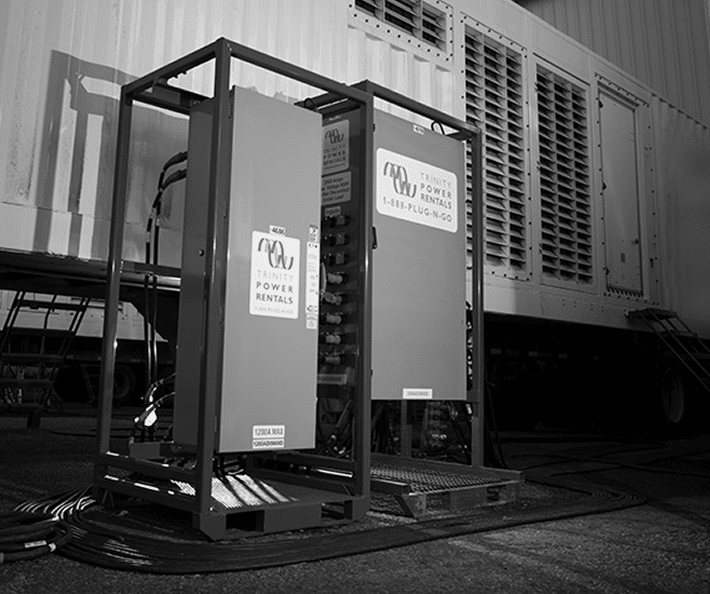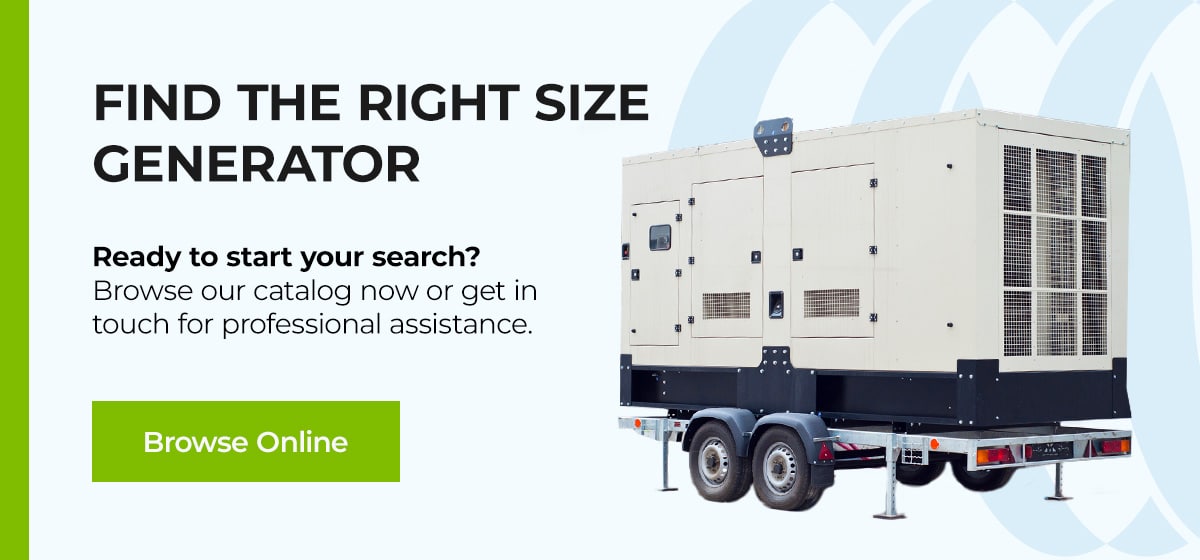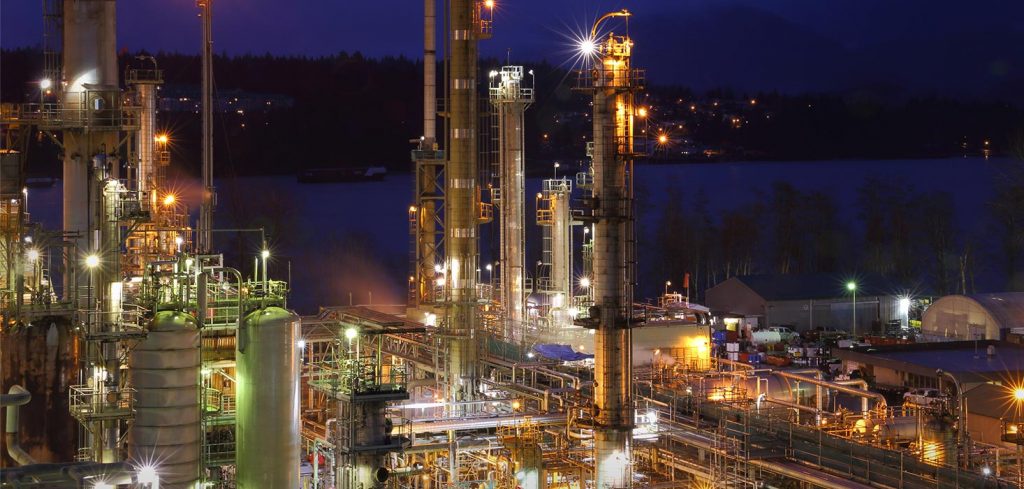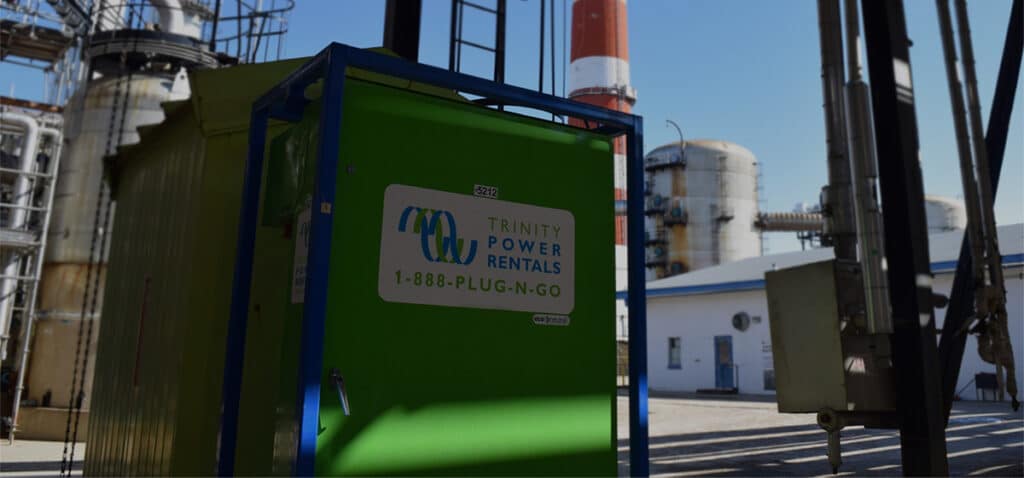- OUR APPROACH
-
COMMITTED TO YOUR SUCCESS
Our approach, developed over decades of experience, is fine-tuned to get the results you want.
We deliver concept-to-completion solutions, designed by temporary power specialists with access to the largest inventory of high-quality power generation and distribution equipment in North America.
-
- Equipment
-
RENTALS
From a wide range of diesel and natural gas generators to transformers, cable, light towers and more, our large rental fleet and extensive vendor network ensure we’ll have the temporary power equipment that your project requires — every time.

-
- Industries
-
INDUSTRIES WE SERVE
For nearly 20 years, we have been at work powering projects across Canada’s industrial sectors.
Select from this sampling of industries to learn how we can put our expertise to work for you.
VIEW ALL- Projects
- About
-
A PROUD HISTORY. A BRIGHT FUTURE.
From our inception in 1998, we have been building our team on a foundation of excellence. Our team members’ passion, expertise and commitment are what have allowed us to grow into a national company with projects across Canada.
Click on the links to learn more about our history, our team or our career opportunities.
- Blog
- Contact
-
Guide to Generator Sizing
When assessing industrial generator rentals, many business owners make the mistake of basing their choice on price or brand alone, without really considering what their power needs are and what size generator would best fit those needs. By choosing the wrong size, however, you risk facing system failures and even complete shutdowns, caused by overloading the generator’s capacity, as well as damaging the equipment powered by it and even some serious personal safety risks.
To make sure that you are getting a generator that is compatible with your operations and equipment, you need to either consult a certified electrician (preferable) or truly understand the generator sizing process.
Types of Generators
Today’s modern market for power generators is rich in models ranging from as low as 5 kilowatts (kW) to over 3 megawatts. While personal and small business power needs are usually satisfied with generators of up to 50 kW, larger businesses require far more potent industrial-size units. Your first concern in choosing the right generator to rent should be the purpose it is going to serve. Don’t look to save money on renting a unit that is not even designed to fit your industry’s power needs, as you may incur far greater costs in equipment damage or system shutdowns.
In general, you’ll have three types of generators to choose from:
- Portable: These are the smallest generator types and they usually have the smallest load capacity. However, they are easy to move from place to place, which can be helpful if you regularly need power support in different areas on your site or different facilities altogether.
- Standby: Standby generators are what most people use in an emergency. They’re designed to meet your power needs for a time, but are not ideal in situations where you need regular power support.
- Industrial: Industrial generators carry the largest load capacity and are usually the right choice for commercial operations.
Sizing a Rental Generator to Best Suit Your Needs
Imagine the following scenario: you decide to rent a standby, emergency case generator for a construction project. You decide to pick a smaller one since it will only be used on an as-needed basis and will not run all the time. Unfortunately, the primary generator fails and you head over to transfer all of your power needs to the new rental. Naturally, the smaller standby generator is quickly overloaded and the equipment starts to shut down unexpectedly, causing project delays and unforeseen costs. The moral? It doesn’t matter how long the generator will be used for. What is crucial is that it is able to accommodate all items that depend on power without reaching full capacity.
On the other hand, under-loading a rental generator due to incorrect sizing may also cause technical issues and additional costs. Ideally, the power generator should run at about 70% of its capacity, since prolonged periods of under-loading lead to carbon buildup and internal (bore) glazing, which in turn causes soot and residue clogging the generator’s engine. The resulting malfunctions of the power equipment, such as failure to start or reach full capacity when necessary, can be mitigated by installing a load bank, which is associated with additional investment. The problem can be avoided altogether by taking the time to understand your power requirements and settling on the correct size of rental generator for your specific needs.
Calculating Your Power Requirements
At this point, it’s time to narrow your search further and determine which generator size will fit your power requirements. The process of determining this is much easier than most people think:
- Consider your equipment: In order to figure out how much power you actually need, you need to sit down and list all items used in your business or project that need to be powered through a generator.
- Measure running wattage: Next, you need to identify each item’s starting and running wattage and calculate how much power each of them needs in total. You can always have an electrician survey the equipment and perform these calculations for you, as well as recommend a generator size.
- Calculate total power requirements: If you prefer to do this on your own, locate the identification plates of each power-driven item to get the individual power requirements of each and arrive at a sum. Use an online converter to get both the kW and kVA measures, since these may sometimes differ depending on your equipment.
- Consider motor types: Finally, determine whether you need to run a single-phase or three-phase motor (or no motor at all) before you settle on the right size and type of generator.
Don’t hesitate to call us for a consultation if any of this seems too complex or you are not sure how to get started. Our trained specialists will help you determine the right size of generator for your business’ unique power needs. With models ranging from 20 kW to 2,000 kW, Trinity Power can supply a generator that is reliable and perfectly fits your operation’s power requirements.
Choosing the Right Supplier
Once you know what you need in generator sizing and power requirements, finding the right supplier becomes even easier. Regardless of your experience with power supply solutions, consulting with professionals can help you narrow down your options and make the right choice for every part of your facility.
For example, Trinity Power’s expert associates have an intimate understanding of every generator in our arsenal. When you choose us, we can assist you in making accurate load calculations, which will help us find the right size generator with ample power capacity. Furthermore, we’ll go the extra mile after you make your choice to assist in the safe installation and connection of your new generator.
Find the Right Size Generator at Trinity Power
Whether you need to harness power for a small, independent setup or a multi-facility company, Trinity Power has the right generator types for you. Our catalog can meet the power requirements of almost any business, with options ranging from 20 kW to 2,000 kW. All of our products are manufactured with sustainability and reliability in mind, allowing you to meet various application needs and feel good about doing so.
Ready to start your search? Browse our catalog now or get in touch for professional assistance in locating the perfect solution for you.
Related Articles
Subscribe for Access to Exclusive Content
Get insider updates, industry news, special equipment offers, and expert tips—directly to your inbox.
"*" indicates required fields





















